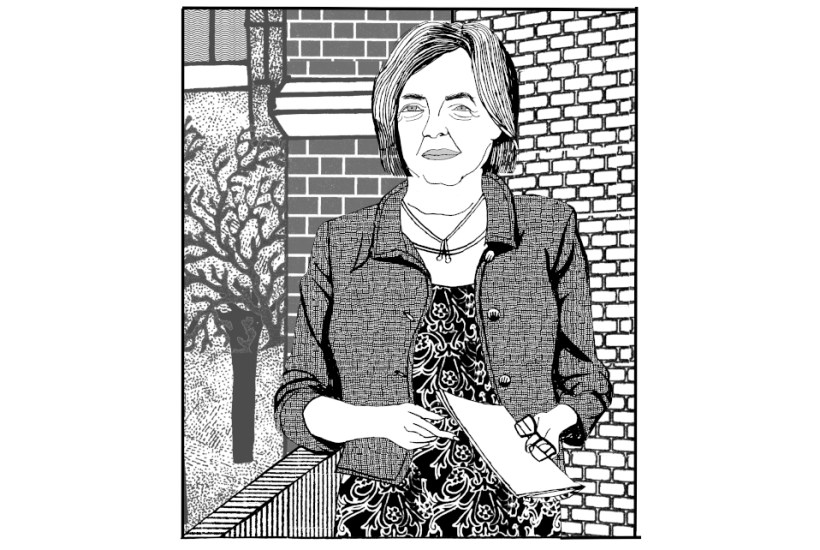At 8.30 a.m. each morning, Keir Starmer holds a meeting with his inner circle to go over the business of the day. Once, these meetings were mainly filled with unelected aides, but now they are attended by senior shadow ministers, such as Labour’s campaign co-ordinator and Blairite old-timer Pat McFadden or the shadow cabinet office minister and Brown-ite Jonathan Ashworth.
Already a subscriber? Log in
Subscribe for just $2 a week
Try a month of The Spectator Australia absolutely free and without commitment. Not only that but – if you choose to continue – you’ll pay just $2 a week for your first year.
- Unlimited access to spectator.com.au and app
- The weekly edition on the Spectator Australia app
- Spectator podcasts and newsletters
- Full access to spectator.co.uk
Or
Unlock this article
You might disagree with half of it, but you’ll enjoy reading all of it. Try your first month for free, then just $2 a week for the remainder of your first year.









Comments
Don't miss out
Join the conversation with other Spectator Australia readers. Subscribe to leave a comment.
SUBSCRIBEAlready a subscriber? Log in